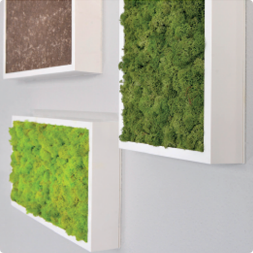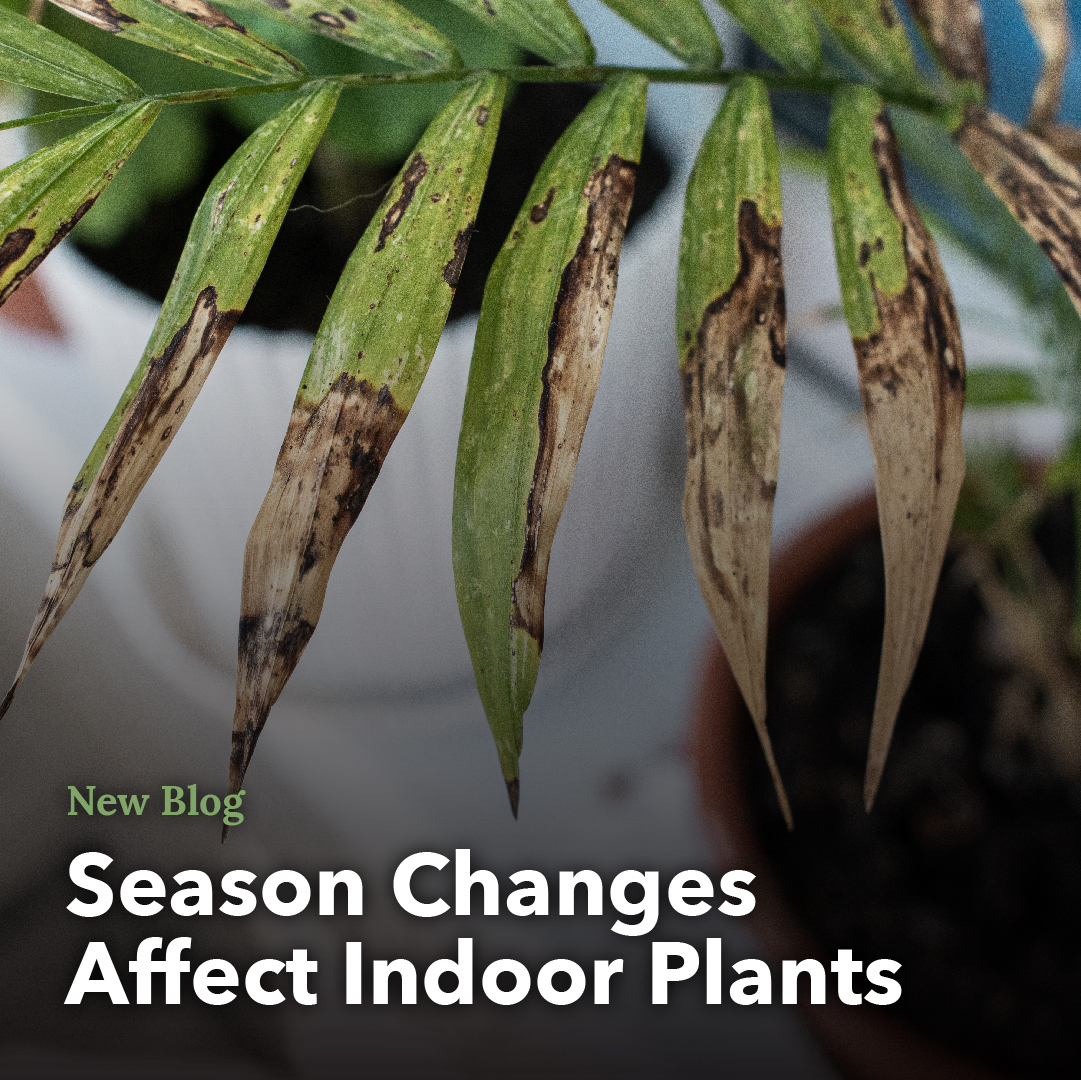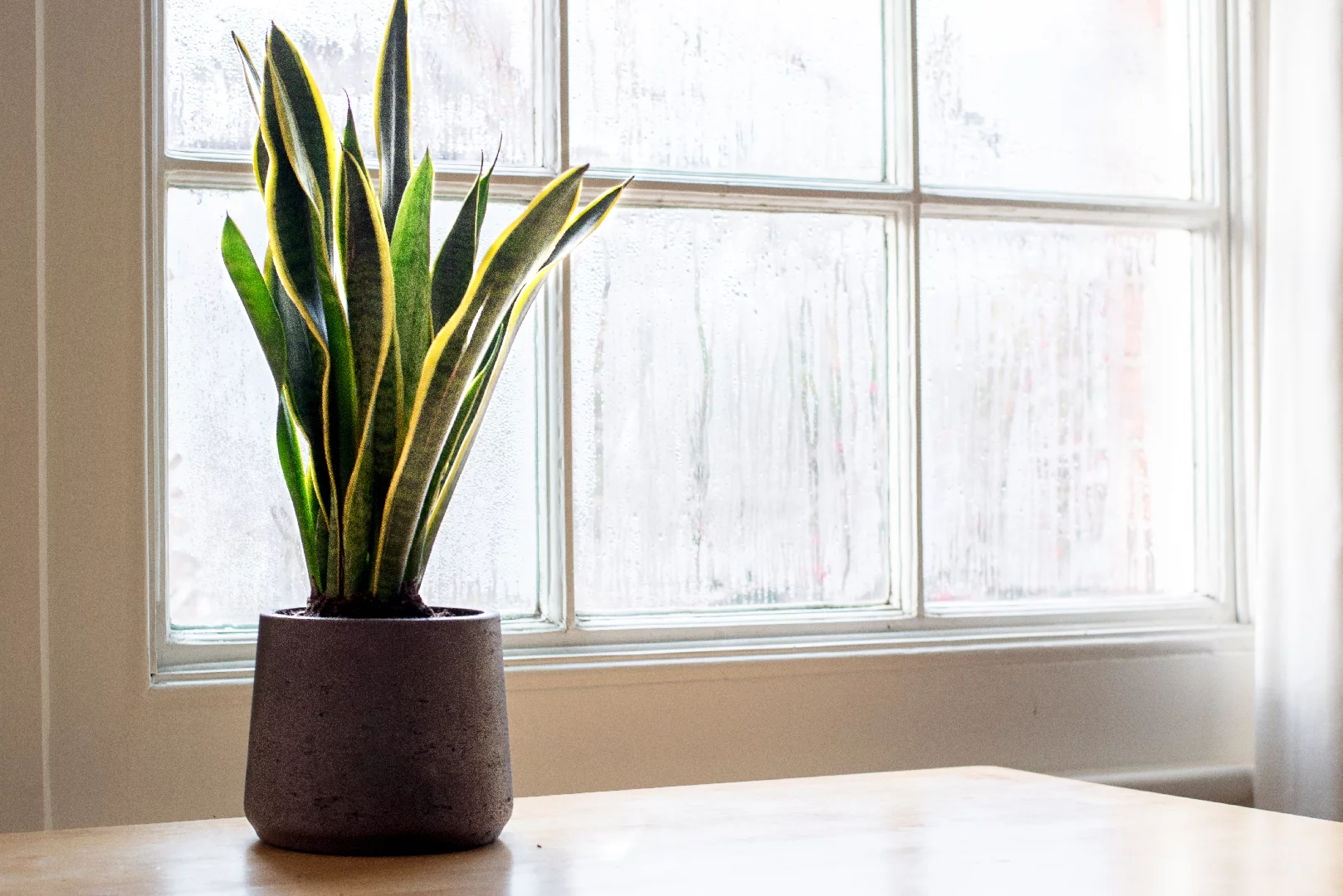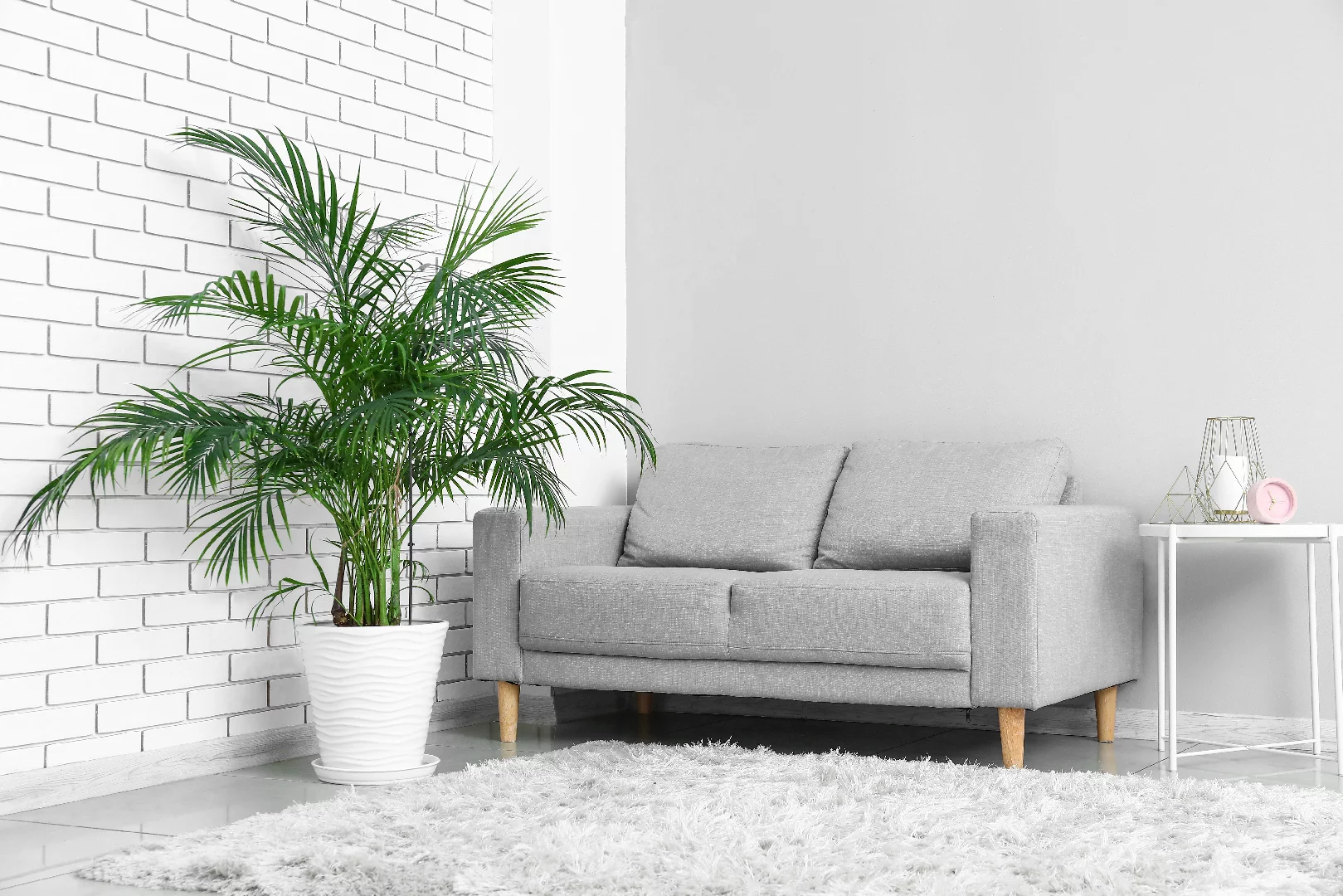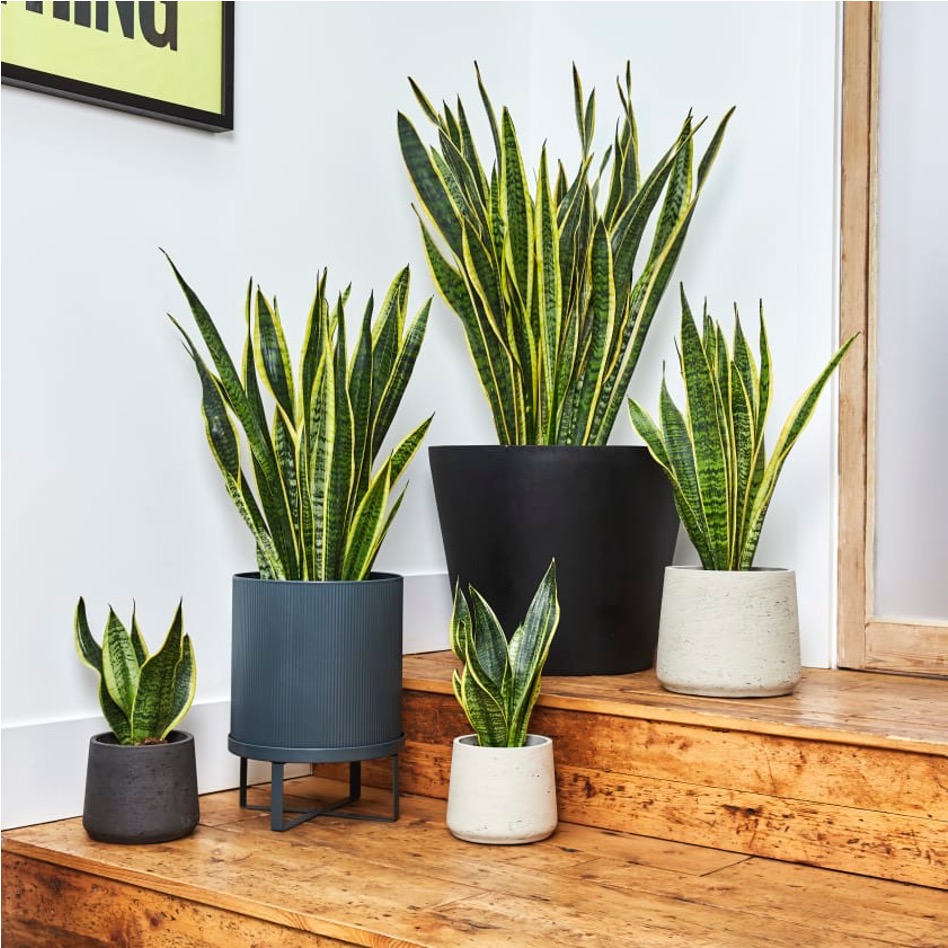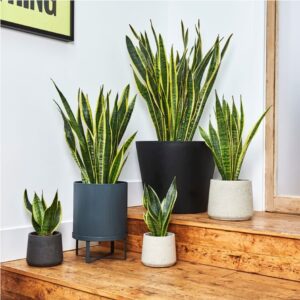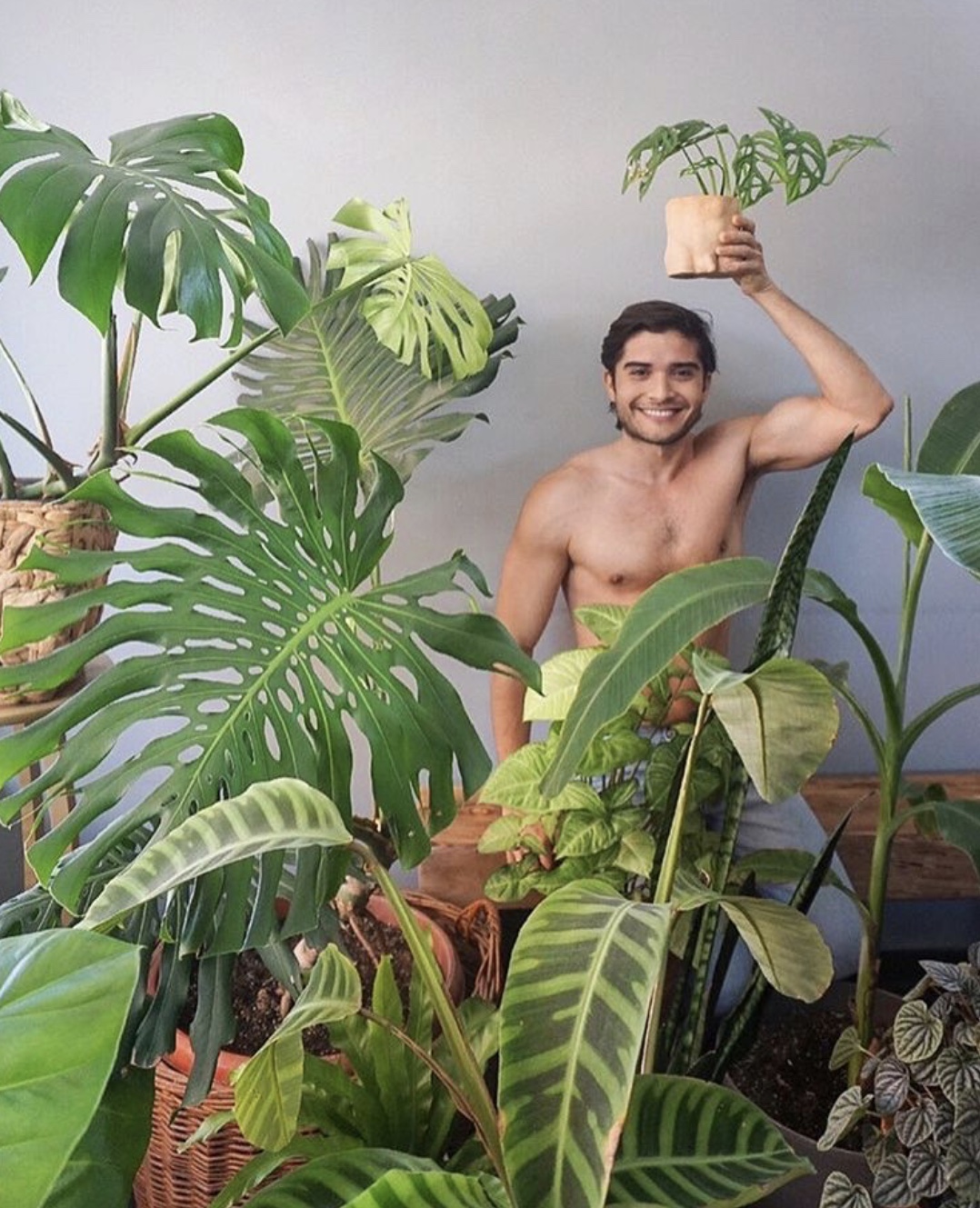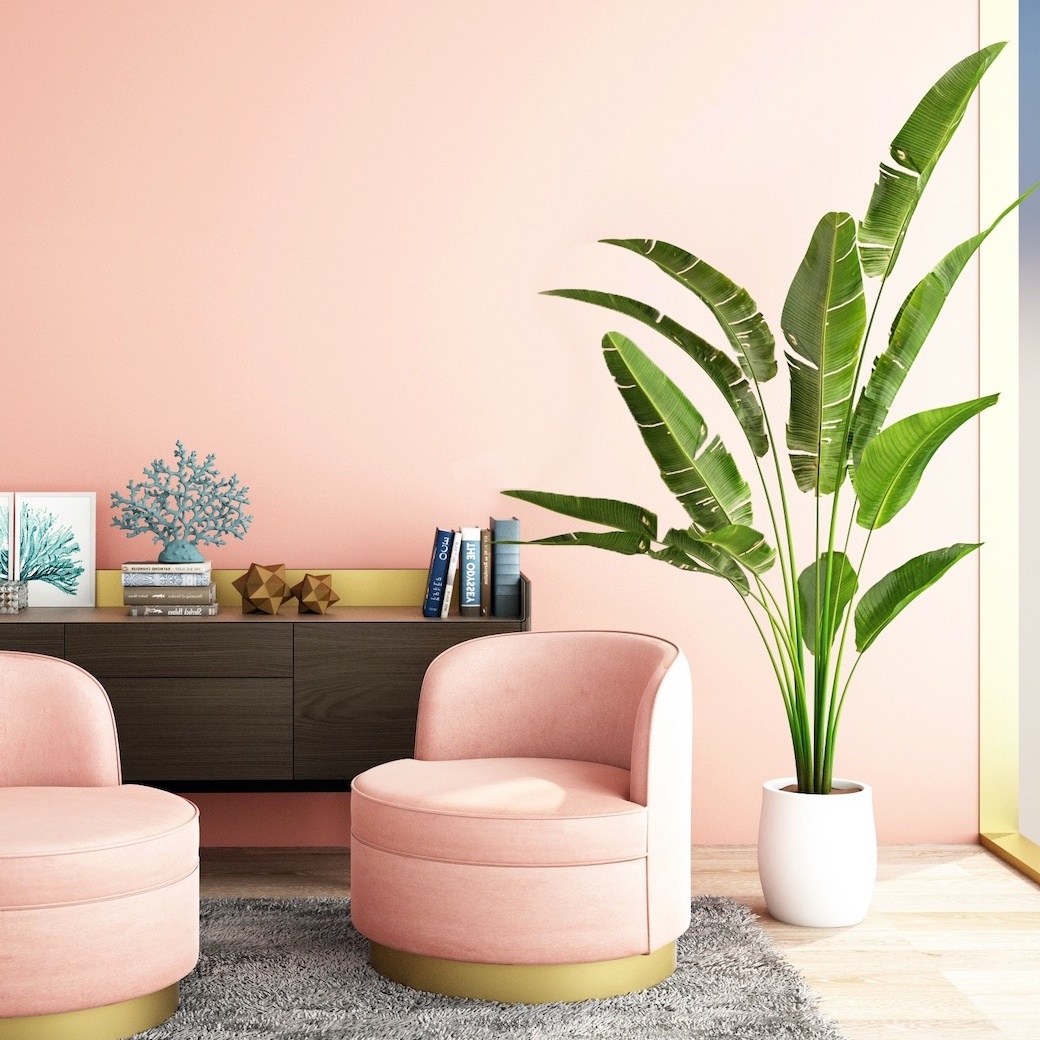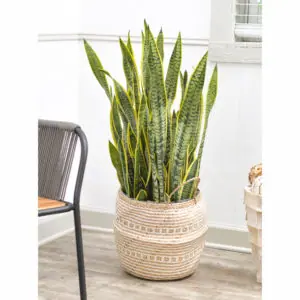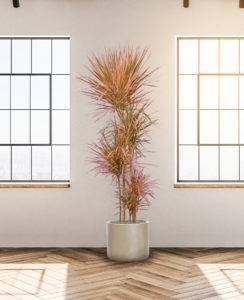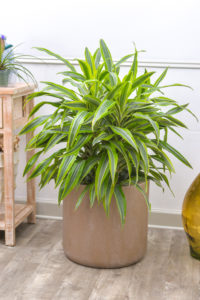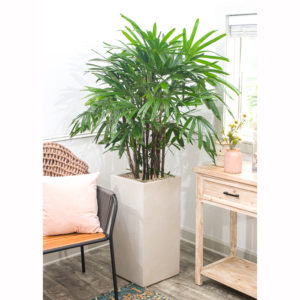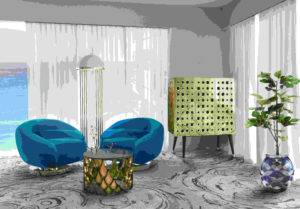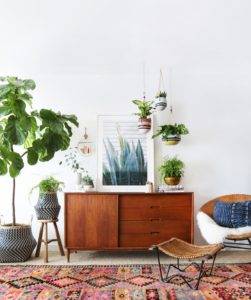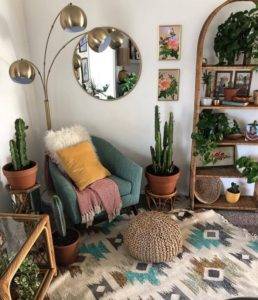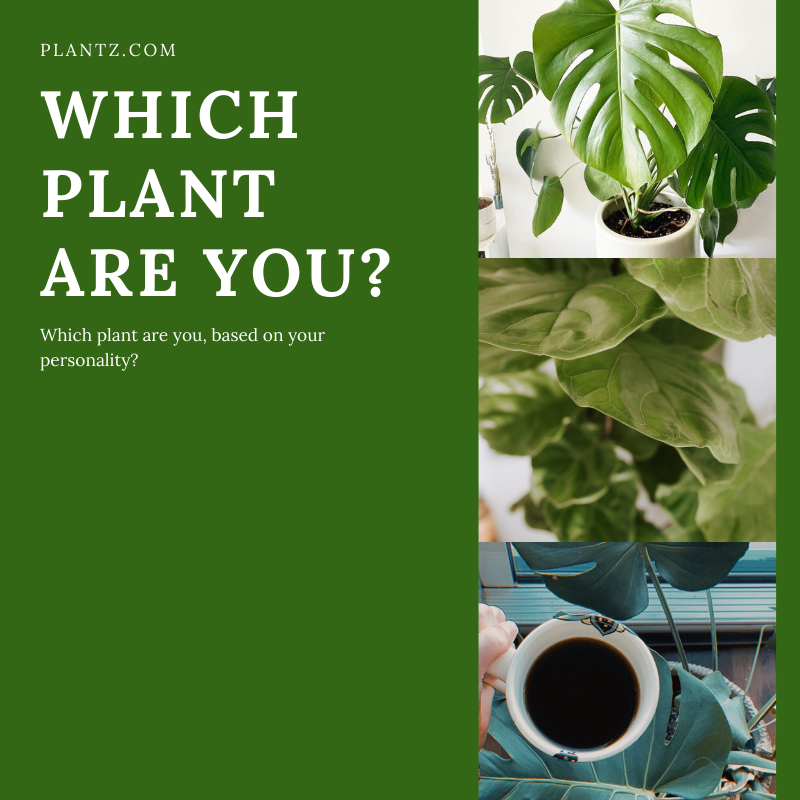Welcome plant pals! As spring is in full swing, hopefully all of your plants are waking up from a long winter and sprouting new leaves. For us in Florida, green is the color of the season. Have you ever wondered why plants change color as the seasons shift? It’s rather beautiful as the colors change from a vibrant green to a fiery mix of yellow, orange, and red. But why does this happen every year? Let’s find out.
Overview
As summer fades away and fall creeps in, the leaves on trees and shrubs begin to change from vibrant greens to warm shades of red, orange, and yellow. It’s like Mother Nature decided to put on her own personal fashion show, displaying an array of hues that leave us in awe. But did you know that these changes in color are not just for aesthetics? In fact, they play a crucial role in the plant’s survival.
As the days get shorter and the temperature drops, the amount of sunlight and warmth that plants receive decreases. This triggers a response in the plant’s leaves, causing them to stop producing chlorophyll, which is what gives leaves their green color. Without chlorophyll, other pigments like carotenoids (orange – like beta carotene in carrots) and anthocyanins (red) are revealed, resulting in the beautiful array of colors we see during the fall season.
Whether you’re an outdoor or indoor plant enthusiast, the changing colors of plants during the seasons is a sight to behold. It’s a reminder that nature is constantly evolving and adapting, and our beloved plants are no exception. So, take a moment to appreciate the beauty around you and enjoy the vibrant colors that the changing seasons bring. Who knows, maybe you’ll even learn a thing or two about your own plants along the way!
Seasonal Changes
As summer comes to an end and autumn begins, the color changes in plants is be quite spectacular. The bright greens and vivid colors of summer foliage give way to rich hues of red, orange, and yellow, signaling the onset of cooler temperatures and shorter days. But what causes these color changes, and why do they happen?
The primary reason for the color changes in plants during the fall is a decrease in the amount of sunlight and a change in temperature. As the days grow shorter and the temperatures begin to drop, the amount of sunlight that reaches the leaves decreases, and the plant prepares for winter. This triggers a series of biochemical changes within the plant that result in the breakdown of chlorophyll, the green pigment responsible for photosynthesis.
As the chlorophyll breaks down, the other pigments within the leaf become more visible. These pigments include carotenoids, which produce yellow, orange, and brown colors, and anthocyanins, which produce red and purple colors. The specific colors produced by these pigments depend on the species of plant, the environmental conditions, and the stage of the color change.
Carotenoids are present in plants throughout the year. But they are often masked by the abundance of chlorophyll in the summer. As the chlorophyll breaks down in the fall, the carotenoids become more visible, resulting in the yellow and orange hues of many fall leaves. These pigments also contribute to the color of many fruits and vegetables, including carrots, sweet potatoes, and pumpkins.
Anthocyanins, on the other hand, are produced in response to certain environmental factors, such as light and temperature. They are not present in leaves throughout the year and are only produced in certain species of plants. These pigments are responsible for the red and purple colors seen in many fall leaves, as well as the deep hues of some fruits, such as blueberries, apples, and cherries.
The production of anthocyanins in leaves is influenced by a variety of factors, including light, temperature, and pH. Low temperatures and bright sunlight can stimulate the production of these pigments, resulting in more vibrant colors. In addition, some plant species produce more anthocyanins in response to stress, such as drought or nutrient deficiency.
While the color changes in plants during the fall are primarily a result of biochemical changes within the plant, other factors can also influence the intensity and timing of the color change. For example, drought or frost can cause leaves to wither and die before the color change is complete, resulting in less vibrant colors. Similarly, early snowfall or heavy rain can damage the leaves and cause them to fall off before the color change is complete.
Overall, the color changes in plants during the fall are a fascinating and beautiful phenomenon that is the result of a complex interplay between environmental factors and biochemical processes within the plant. From the bright oranges of maple leaves to the deep reds of sumac, the colors of fall leaves are a testament to the natural beauty and diversity of the world around us.
Which plants should you choose based on the seasons?
If you are looking to keep the blooms flowing throughout the fall and winter, there are some indoor plants that will bloom and thrive in the fall and winter, adding bright pops of color to your home during those gray winter days. Here are some indoor plants that are known to thrive and bloom during fall and winter:
- Poinsettia – Poinsettias are a classic holiday plant that bloom in shades of red, white, and pink. They require bright, indirect sunlight and should be kept away from cold drafts.
- Christmas cactus – Christmas cacti bloom in shades of red, pink, and white, and are a popular indoor plant during the winter months. They require bright, indirect sunlight and should be watered regularly. Did you know that there is a Thanksgiving cactus too? Add both to your collection and have blooms through the fall and winter!
- Amaryllis – Amaryllis bulbs can be planted in the fall and will bloom in shades of red, pink, and white during the winter months. They require bright, indirect sunlight and regular watering.
- African violet – African violets are a popular indoor plant that blooms in shades of pink, purple, and white. They prefer moderate to bright indirect sunlight and should be watered from the bottom to prevent water from getting on their leaves.
However, if you are looking for lush, vibrant plants that will maintain their foliage year round, these are the top suggestions from PLANTZ:
- Snake Plant – Snake plants, or Sansevieria, are a great choice for the winter as they can tolerate low light and dry air conditions, making them easy to care for. They come in a wide variety of green shades, often times with bright yellow as well, and are known for their air-purifying qualities.
- Janet Craig Carmen– Janet Craigs are another easy-to-care-for plant that thrives in low light conditions. They are known for their large green leaves and their ability to increase oxygen in the air.
- ZZ Plant – The ZZ plant is a popular choice for the winter months as it can tolerate low light and infrequent watering. They have glossy, green leaves that add a touch of elegance to any space.
- Rikki Cane– The Rikki Cane is the perfect plant for any home or office space during any season. Their leaves are variegated with yellow or lime green patterns and pump out the oxygen. They prefer low to moderate light and enjoy life on the dry side.
- Chinese Evergreen – The Chinese Evergreen, or Aglaonema, is a low-maintenance plant that can tolerate low light and dry air conditions. They have variegated leaves that come in a variety of shades and patterns.
No matter the season, there are plants that will add the glow you want in your home every season of the year. Whether you want a pop of color during the dreary days of winter with a Christmas Cactus, or year round splendor with a lush Aglaonema, there is no need to limit yourself to enjoying houseplants only during the spring and summer.
Keep your plants happy as the season changes
As the seasons change, so do the needs of your indoor plants. Proper care during these transitions can mean the difference between healthy, thriving plants and wilted, unhappy ones. Here are some tips to help keep your plants happy as the season changes.
Reduce the Watering
When it comes to watering your plants, less is sometimes more. It’s like how you feel after eating too much pizza – sure, it’s delicious, but too much can make you feel pretty gross. Same goes for your plants! Overwatering during the winter months can lead to root rot and other problems, so it’s important to be mindful of how much water your plants are receiving.
To determine when to water, check the soil moisture level. Many people might suggest sticking your finger about an inch into the soil to see if it’s dry. But this is an unreliable method that can damage your plants. Invest in a tool like the Soil Sleuth to see if it’s time to water. If the soil is still moist, wait a day or two before checking again. This way, you’ll avoid drowning your plants and help them thrive through the seasonal changes.
Give Them a Wash
Plants may not take baths like we do, but they can benefit from a good wash every now and then. Think about it – you wouldn’t want to go weeks without a shower, and neither do your plants! Dust, dirt, and even pests can accumulate on their leaves, which can inhibit their growth and health. So, giving your plants a wash can help remove any buildup and keep them healthy.
Use a damp cloth or sponge to gently wipe down the leaves or place the plant in the shower and give it a gentle rinse with lukewarm water. Just be sure not to use hot water, as this can shock your plants and cause damage.
Keep Them Warm…But Not Too Warm
Just like we like to be cozy during the colder months, our plants also need to stay warm to thrive. But be careful not to make them too warm – it’s like putting on too many layers and feeling like you’re in a sauna. Most indoor plants prefer temperatures between 60- and 75-degrees Fahrenheit. So be sure to avoid placing them near drafty windows or doors and away from radiators or other heating vents.
On the other hand, some plants may need a cooler temperature to induce blooming, like cyclamen or Christmas cactus. So, it’s important to research the specific care requirements for each of your plants to ensure they’re getting the right environment.
Enforce a Strict Meal Plan
We all know the importance of proper nutrition, and our plants are no different. During the colder months, it’s important to adjust your plant’s feeding schedule to accommodate their changing needs. Most indoor plants require little to no fertilizer during the winter months, as they are not actively growing. If you do fertilize in the winter, choose a high-quality, balanced fertilizer and use it sparingly – about half the amount recommended on the package. Think of it like a balanced diet – your plants need a little bit of everything to thrive. Avoid fertilizing during periods of dormancy when your plant is not actively growing.
Let There Be Light
We all need a little sunshine in our lives, and our plants are no exception. During the winter months, the days are shorter and natural light may be in short supply. However, light is still essential for healthy plant growth. Ensure your plants are placed in a location with bright, indirect light. You may need to move them closer to a window or supplement with artificial light.
If you’re using artificial light, choose a full-spectrum light bulb that mimics natural sunlight. Leave the light on for 12-14 hours a day. And be sure to turn it off at night to give your plants a rest. It’s like giving them a bedtime story and tucking them in for the night!
Transitioning your indoor plants to the new season doesn’t have to be difficult. By adjusting your watering schedule, giving your plants a wash, keeping them warm but not too warm, providing proper nutrition, and ensuring they have adequate light, you can help keep your plants healthy and happy as the seasons change.
Remember to always research the specific care requirements for each of your plants to ensure that you are providing the best possible conditions. With a little extra care, your indoor plants can thrive and bring joy and beauty to your home all year round.
What does it all mean?
Now that we’ve discussed the beauty of seasonal changes and how they affect our plants, it’s important to understand what it all means. When it comes to gardening, it’s not just about picking out the prettiest flowers or the plants with the most vibrant colors. It’s about understanding the life cycle of the plant and how it adapts to its environment.
Because plants change with the seasons, it’s important to know which plants are appropriate to each. You want to make sure that you’re planting at the right time of year so that the plant has the best chance to thrive. For example, you wouldn’t want to plant a plant that loves the heat in the middle of winter.
When you know the right plants to put in your garden based on the four seasons, you can ensure an amazing kaleidoscope of foliage, texture, and color year-round. In the spring, you’ll see new growth and fresh blooms. Summer is full of lush greenery and vibrant colors. Fall brings a stunning display of warm oranges, yellows, and reds. And in the winter, you’ll see evergreens and other hardy plants that can withstand the colder temperatures.
Not only does planting the right plants at the right time help ensure a visually appealing garden. But it can also benefit the plant’s health. Plants that are planted out of season may not receive the proper nutrients, sunlight, and water that they need to thrive. This can lead to stunted growth, disease, and even death.
Understanding the seasons and how they affect our plants can also help us appreciate the beauty of nature even more. We can watch as our gardens transform throughout the year, marveling at the way each plant adapts to its environment. It’s a reminder that everything in nature is connected. And that we are a part of something much bigger than ourselves.
When you’re planning your garden, take the time to consider the seasons and which plants are best suited for each. Your garden will not only be beautiful, but it will also be healthy and sustainable. And who knows? You might just discover a new appreciation for the changing of the seasons and the wonders of nature.
Looking to add some seasonal color to your garden or indoor plant collection? Visit PLANTZ for a wide selection of plants that will thrive in any season. From fall foliage to winter blooms, we have the perfect plants to brighten up your space. Don’t forget to check out our care guides to ensure your plants stay happy and healthy as the seasons change. Shop now and bring the beauty of nature into your home!
F.A.Q.s –
- Do all plants change color with the seasons?
Not all plants change color with the seasons. Some plants, such as evergreens, keep their leaves all year round and maintain the same color. However, many deciduous plants change color in the fall as they prepare for winter.
- Can I plant any type of plant at any time of the year?
It’s best to plant each type of plant at the appropriate time of year for their specific needs. Planting out of season can lead to stunted growth and other problems.
- How do I know when to water my plants in different seasons?
Watering needs can vary based on the season and the specific needs of the plant. Generally, it’s best to reduce watering in the winter when plants are in a dormant period. But be sure to monitor soil moisture and adjust as needed.
- Can indoor plants be affected by seasonal changes?
Yes, indoor plants can be affected by seasonal changes just like outdoor plants. It’s important to adjust their care routine as the seasons change to ensure they stay healthy and happy.
- How can I keep my plants warm in the winter without overheating them?
It’s important to keep indoor plants in a location where they receive sufficient light and warmth. But not so much that they become overheated. A good rule of thumb is to keep them away from drafty windows and heating vents. And use a space heater or heating pad as needed.









